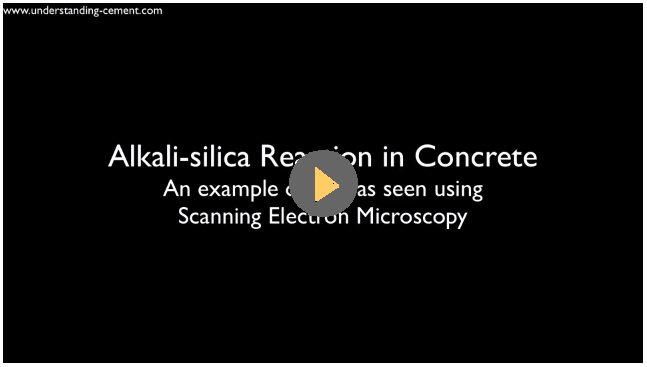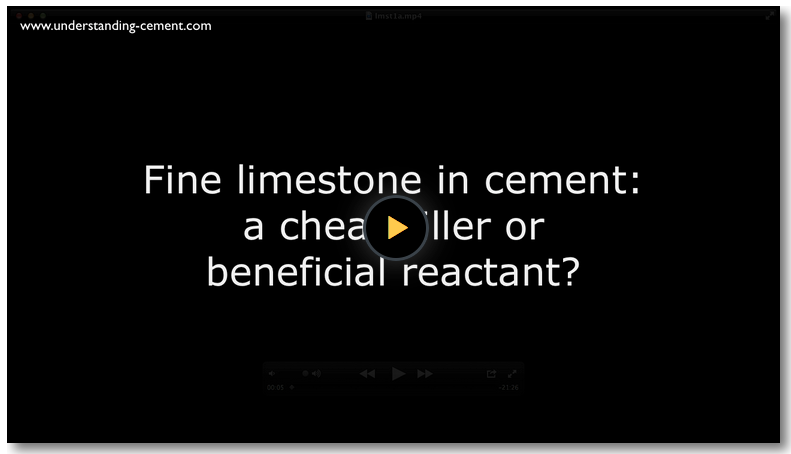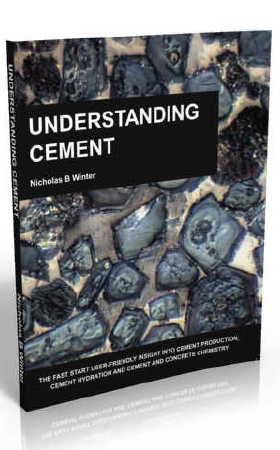Cement analysis
Traditionally, cement analysis was carried out using wet-chemical techniques. Now, the days of flasks bubbling away over bunsen burners in the laboratory of a cement works are largely gone, replaced by X-ray analysis equipment of various types.
At a cement works (=plant, factory, production facility) raw materials, clinker and cement are analysed using X-ray fluorescence (XRF) and, often, X-ray diffraction (XRD). These techniques are used routinely, day in, day out and are the principal means of controlling composition of raw materials, the raw feed, clinker and cement, in other words XRF provides rapid compositional data for controlling almost all stages of production.
Another technique used either routinely, or as required, is microscopy. Cement microscopy has a wide range of applications in examining raw materials, coal, clinker and cement. Optical microscopy is used routinely on some cement works as a technique of kiln control.
The basics of X-ray fluorescence and X-ray diffraction are described below.
Cement
microscopy has its own page.
Cement analysis: X-ray fluorescence (XRF)
The basic principle of XRF analysis is simple. (The physics of what happens is complex, but we won't concern ourselves too much with the details.)
If we zap a sample of, say, cement with a beam of X-rays, the X-ray beam will cause other X-rays to be generated within the cement. Some of these X-rays escape from the cement and are collected by a suitably-positioned X-ray detector. Many of these collected X-rays have energies which are characteristic of the atomic number of the atom in which they were generated.
In other words, by measuring the energies of the X-rays, we can tell what elements they came from.
If we measure these energies under carefully-controlled conditions, we can count the X-rays from each element over a period of time, say one minute, and from this we can calculate the proportions of each element in the cement sample.
Looking at this in just slightly more detail, the beam of X-rays zapping the target cement specimen excite the atoms within the target by removing an electron from an orbital 'shell' around the atom. This electron is replaced by another from a different shell; the transfer of electrons from one shell to another results in a loss of energy specific to those shells and that element. The lost energy is radiated from the atom in the form of an X-ray. This process, in which one X-ray excites another X-ray, is called 'X-ray fluorescence'.
The specimen of cement or other material may be in the form of a glass bead or a pellet of pressed powder.
Beads are made by heating the specimen together with a flux, typically lithium tetraborate, at about 1100 C to form a glass. This approach has the advantage that the specimen is then a homogeneous material, allowing more accurate X-ray analysis.
Pressed pellets are made by grinding the specimen finely and compressing the resulting powder to form a pellet. This pellet is then analysed directly. Preparing pressed pellets is quicker and easier than preparing glass beads, but the specimen is then a heterogeneous material. This makes the calculation of the processes of X-ray fluorescence and absorption within the specimen more complicated and there may be some loss of accuracy, although it should be minimal.
XRF is at the heart of the control of the production process in any modern cement works and is central to the ability of the cement maker to produce a consistent product.
Coming shortly on this page: X-ray diffraction
Check the Article Directory for more articles on this or related topics






